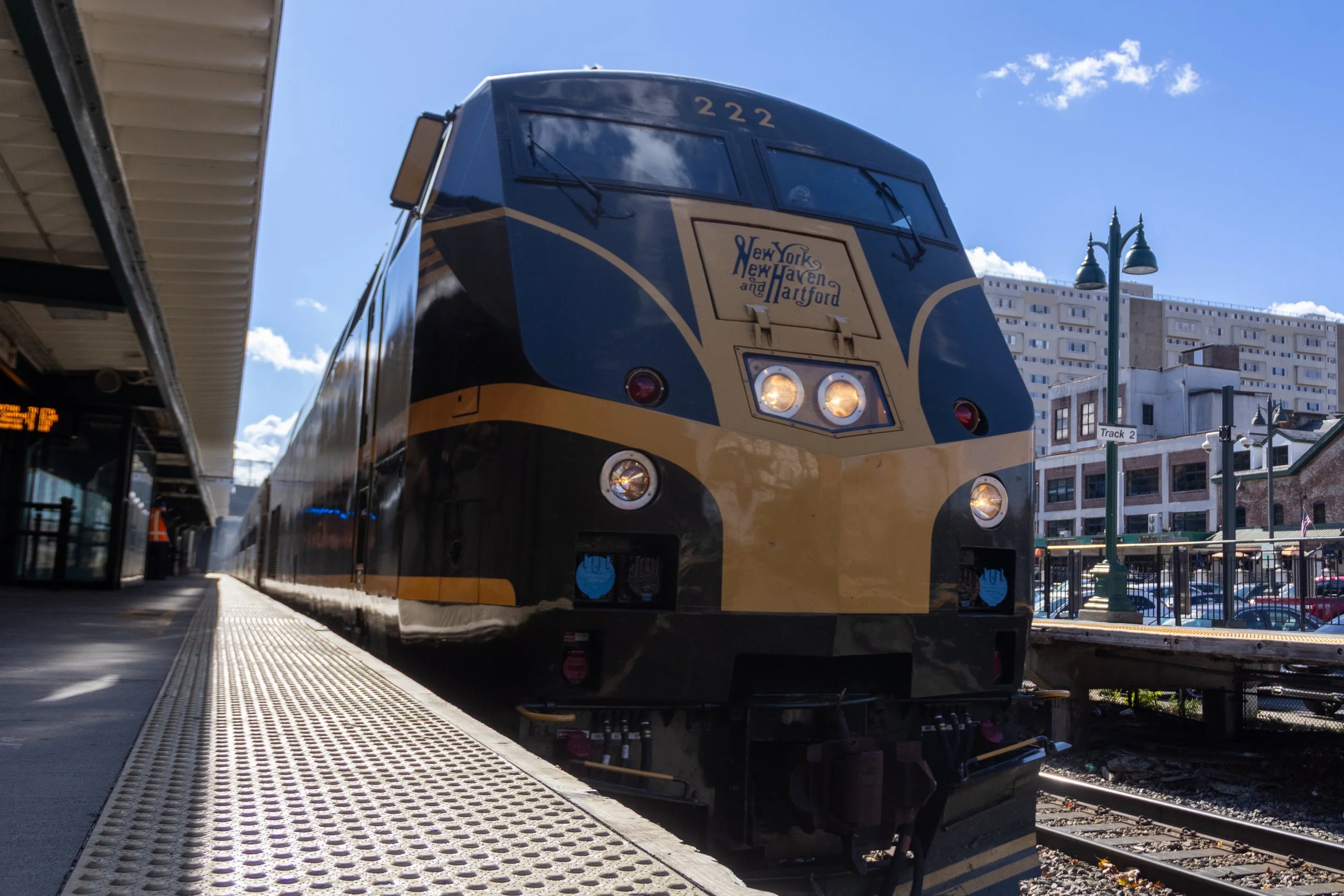Poughkeepsie to Grand Central "Super-Express" Train is not as 'Super' as it Seems
The current train line to the city is undergoing renovation, with a new express line between NYC and the Poughkeepsie Station. Photo By Caleb Tysz '26.
The new “super-express” train now serves as the fastest way to travel from Poughkeepsie to Grand Central Station. But whether a seven-minute cut in travel time warrants the label “super-express,” or this mode of travel even decreases the time, has raised concerns amongst Marist students.
On Sept. 23, Governor Kathy Hochul announced the launch of “super-express” trains between Poughkeepsie and New York City (NYC), on the Metropolitan Transportation Authority (MTA) Metro-North Railroad schedule.
“These new super-express trains will save commuters nearly 15 minutes of travel time every day, giving riders back over an hour a week of their precious time,” Hochul said via ny.gov. “This is just the start - work remains underway to deliver even more service improvements along the line, improving reliability and making trips up and down the Hudson Valley even faster.”
This faster mode of travel, which began running on Oct. 6, is intended to reduce travel times between Poughkeepsie and Grand Central Station to under 90 minutes each way for six departures throughout the day. This reduced the travel time by up to seven minutes compared to the already-running express trains and by 15 minutes compared to non-express trains.
This change affects three morning departures and three evening departures. The morning departures, heading South from Poughkeepsie to NYC, run at 6:08 a.m., 6:44 a.m., and 7:05 a.m. The three evening departures will leave NYC for Poughkeepsie at 5:09 p.m., 5:30 p.m., and 6:12 p.m. These routes include two to three stops along the way, including New Hamburg, Beacon and Harlem-125th Street.
Olivia Kittleman ‘26 takes the “super-express” train twice a day, three days a week, when she travels to the city for her internship on Mondays, Wednesdays and Thursdays. In the mornings, she either takes the 6:44 a.m. or 7:05 a.m. train, and at night, she takes the 6:12 p.m. train, which is the last “super-express” train of the day.
However, the faster train hasn’t made much of a difference in her routine.
“With this new schedule, the trains are always having issues. Almost every time I commute, at least one of my trips has an issue - either my train breaks down or gets stopped and then is severely delayed,” she said.
“I almost wish they just kept things the same because those schedules were consistent, and now I never really know if I am going to make it to the office in time, even though my train is supposed to get me in before my start time,” she added. “It is quite frustrating, but it is a part of commuting life, I suppose.”
However, despite complaints regarding the apparent increase in travel time, the new high-speed electric “super-express” trains will benefit the environment. According to the Times Union, the announcement of “super-express” trains came just one day after 27 high-powered locomotives began operating on the Hudson Line.
“I don’t know why they aren’t advertising that more because that seems like the biggest adjustment,” said NYC native and environmental science major, Jacky Downey ‘26. “I’ve been taking the trains my whole life, so hearing that they’re actually working to improve them for the environment means much more than a seven-minute time difference.”
